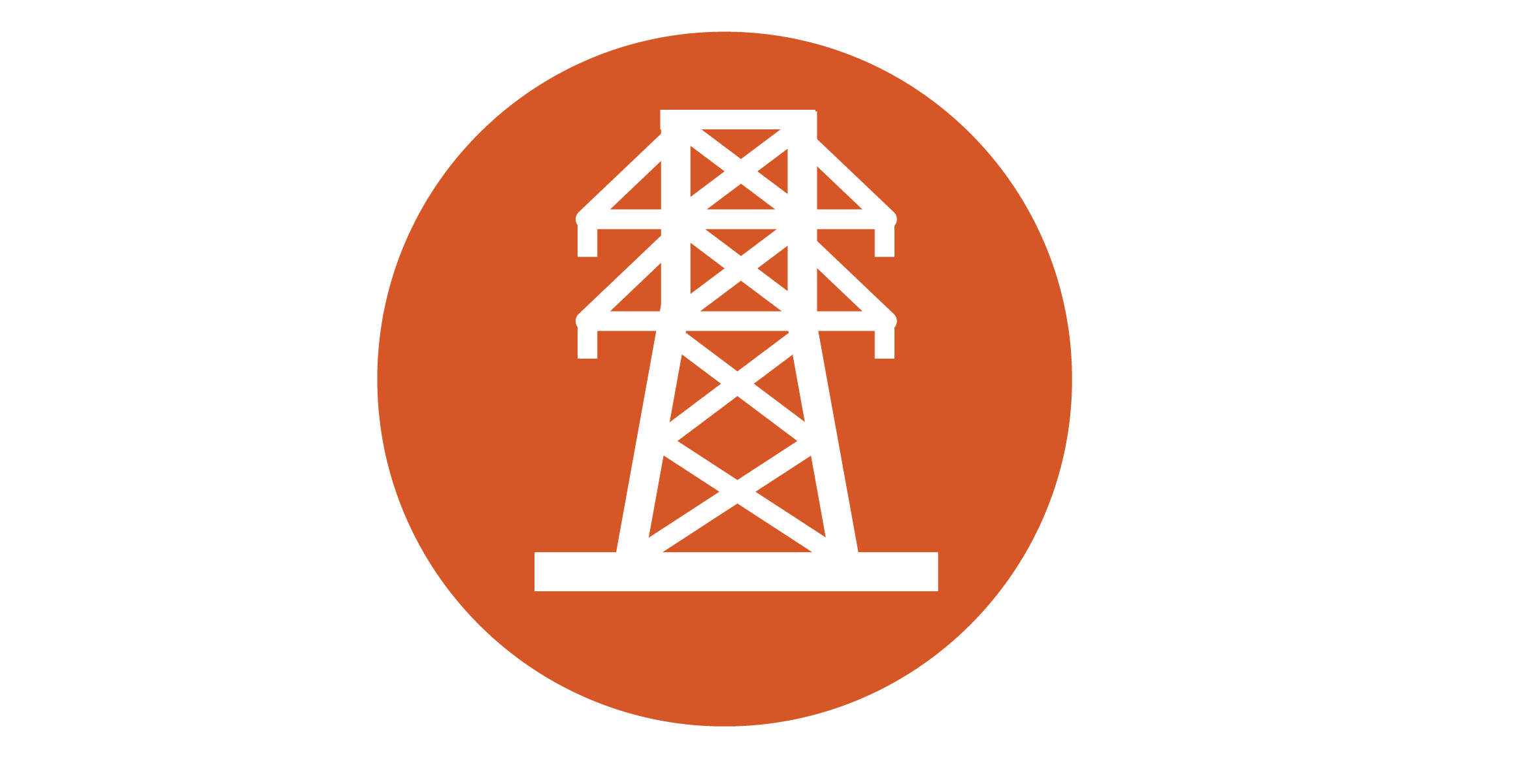Protecting The Environment
We continually reduce our environmental footprint while enabling our customers to do the same. At Diversey, delivering safe, sustainable products and services that contribute to a healthier world is what we do each day. Our environmental footprint is relatively small, with our largest impacts residing in the use of our product. Yet we adhere to sustainability best practices across our operations and strive to minimize our impact as much as possible, all while providing the sustainable solutions our customer’s desire.

Net Positive
As part of our new sustainability strategy, Diversey is setting a goal to deliver a net positive sustainability impact. Our net positive goal will drive improvements internally, to reduce energy, water, waste, and GHG emissions in our supply chain. As we shrink the Diversey supply chain footprint, we will also deliver meaningful savings for our customers with products and solutions focused on the same four environmental metrics. When the ratio of customer savings divided by our footprint is positive, we’ve achieved net positive. This means that in addition to just reducing negative impacts, we enhance our positive impacts on society and the environment. Net positive will serve as a guiding principle for Diversey going forward, driving the ratio further and further positive as we expand the scope to new solutions, innovations, and more efficient operations.

Circular Economy
Goal: 100% of packaging contributes to circular economy by 2030
Diversey is committed to advancing a circular economy: one that closes the loop on waste, keeps materials in use and regenerates natural resources. We continue to innovate to reduce our overall waste and help others do the same, with a focus on using materials and resources efficiently.
Our overall goal is to reduce or eliminate our packaging footprint. This can be accomplished by increasing packaging efficiency (e.g., higher concentrations), light-weighting packaging, increasing recycled content, or increasing recyclability. Unfortunately, sometimes these approaches contradict each other. For instance, light-weight flexible films can be used to package products, but they are often not recyclable since they tend to have multiple polymer layers. In 2020 Diversey found a way to combine all these levers into a single metric to measure success. The method is a modification of the Material Circularity Index introduced by the Ellen MacArthur Foundation and Granta Design.

Energy and Emissions
Goal: Net zero carbon emissions in our operations by 2050; Science-based target in 2023
Climate change is the greatest challenge of our time, and we are committed to doing our part to address it. The science is clear: in order to stabilize climate change, we must transition to a zero-carbon economy. As part of our new strategy, “Protect. Care. Sustain.”, we are announcing a goal to achieve net zero carbon emissions in our operations by 2050, set a science-based target in 2023, and outline progressive steps to lower our carbon footprint.
Some of the actions we take to reduce our GHG emissions and energy usage today include:
- Renewable energy production
- Implement cost effective and energy efficient equipment
- Eliminate wasteful energy consumption
Historically, Diversey has significantly reduced GHG emissions in our manufacturing sites, warehouses, and offices. Our partnership with WWF Climate Savers reduced our GHG footprint 48% in absolute emissions. Since then, we have continued to strive for operational efficiencies to reduce emissions on a normalized basis. In recent years we have implemented several projects to lower energy consumption and reduce GHG emissions. These continue to drive efficiencies today. Our zero carbon 2050 goal is ambitious and represents a change in our mindset and approach.

Water Stewardship in Our Operations
Climate change is increasing water stress across the world, threatening many communities’ access to a clean water supply. The majority of Diversey’s cleaning products are water-based solutions that also require water for rinsing after use. Without access to clean water, Diversey cannot make cleaning products. Without water for rinsing, our customers cannot clean. The importance of water stewardship is why we’ve had a goal to improve water efficiency in our supply chain for many years.

Waste Reduction
Waste reduction strategies at our facilities prove that reducing and diverting waste from landfills can also increase operating efficiency and lower costs. Diversey tracks waste across the following categories:
- Re-Used Off-Site
- Recycled
- Incinerated with Energy Recovery
- Incinerated without Energy Recovery
- Landfilled
The landfill avoidance metric we have historically reported is the ratio of landfilled materials versus total waste from all five categories. To reduce both packaging and chemical waste from returned items, our distributions centers take steps to:
- Repackage – Product packaging that is damaged through handling, transportation or from the customer return process is placed in new containers and returned to inventory whenever possible.
- Repour – Damaged product packaging that cannot be shipped or repackaged is evaluated for sale in the secondary market in wholesale-sized containers at a discounted price to qualified vendors. This includes hazardous materials that would otherwise need to be disposed of.
- Reuse – Damaged product packaging that cannot be sold in the secondary market, repaired in-house or has reached an expiration date is evaluated for returning as a raw material to manufacturing operations. We are currently investigating the beneficial reuse of some expired products with trusted third parties.
